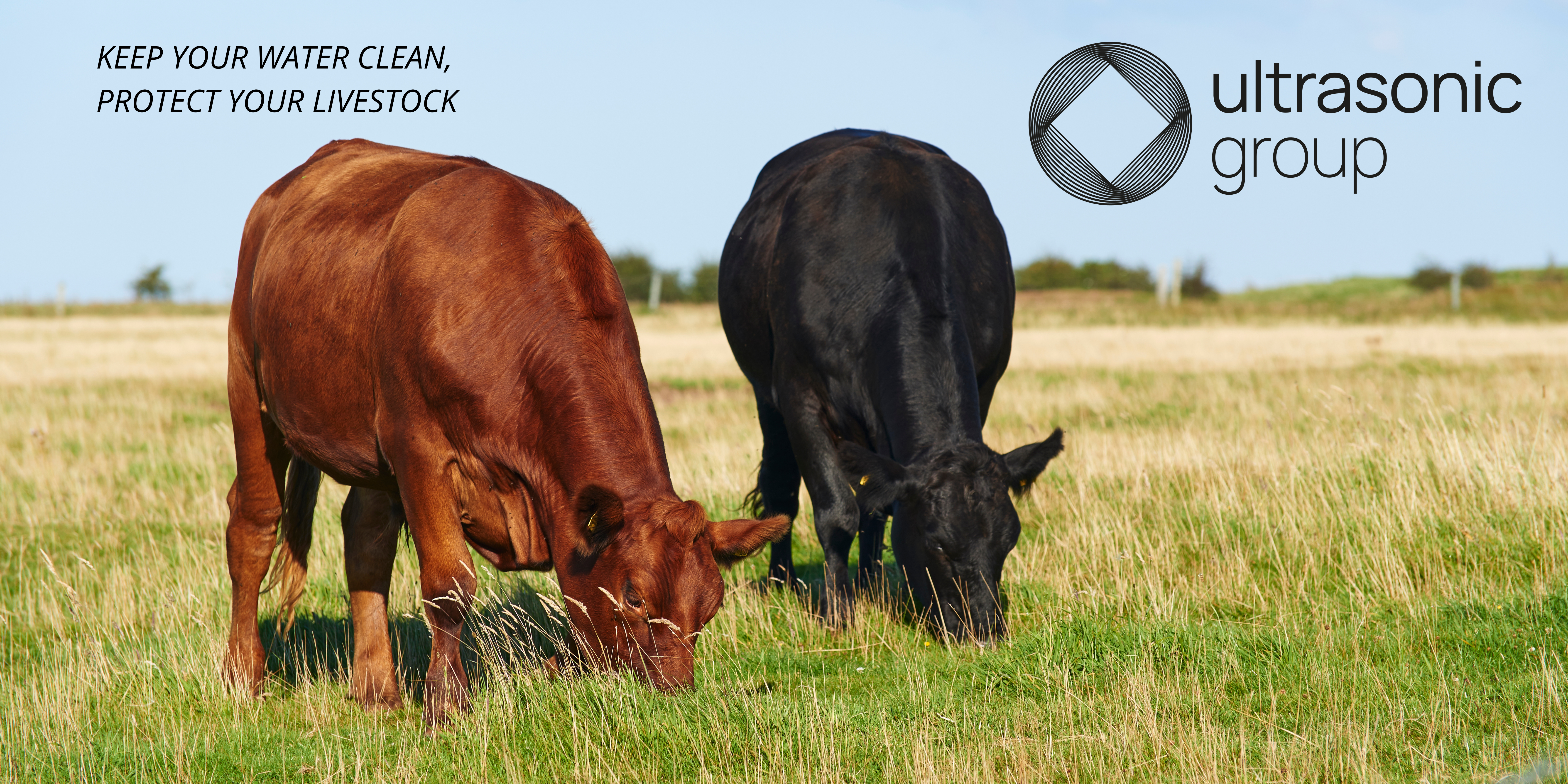What are the implications of sick cattle for the farmer? This is a question that is asked all too often since it has an impact on many factors in agriculture. Animal disease not only affects milk production but also has economic consequences for the farmer.

Milk is one of the world’s most complete foods as it provides a variety of nutrients. Thus, it is fair to say that it plays an important role in improving human nutrition, or the education of children. Yet milk production remains one of the lowest in the world. Thus, animal disease plays an important role in these low production rates. Clean water, disease control, and better feeding practices would already go a long way in improving milk production.
In addition, farmers tell us that the presence of different types of livestock has an impact on productivity. This is because it allows the farmer to sell different cattle throughout the year, and generate income to invest in medicines and cure sick cattle, among other things. The most common diseases in cattle are foot-and-mouth disease (38.5%) and anthrax (28.1%). During the summer-spring seasons, the figures would be higher, as microbes and parasites can then reproduce better.
The production of dairy cattle is crucial to the livelihood of the farmer. For example, there is a common chronic disease in cattle called, Paratuberculosis (PTB). The trigger of this disease is the bacteria, Mycobacterium avium subsp. Paratuberculosis (MAP). The disease leads to high mortality of livestock, resulting in economic consequences for the farmer. The spread of disease in livestock, leads to economic consequences, production losses, a declining market, and unemployment in the food-agriculture sector. Also, even a small outbreak of animal disease can lead to the imposition of strict embargoes on the import/export of animal products by trading partners.